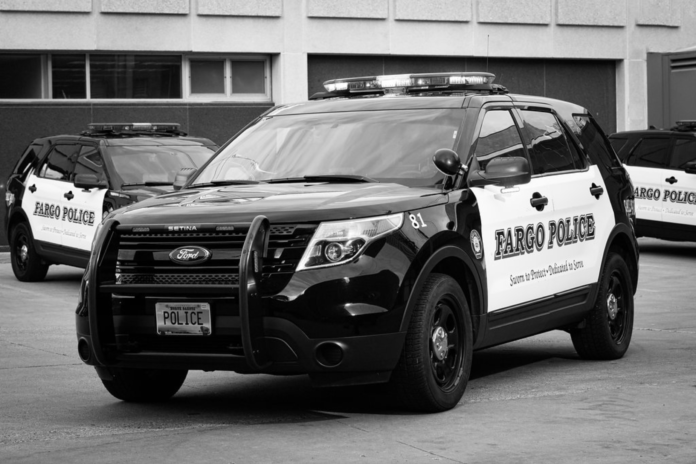(Center of the American Experiment) — It’s “apparent” the uncertainty over Minnesota’s new law changing the standard for police use of deadly force has North Dakota law enforcement agencies concerned about conducting formerly routine joint operations on the other side of the border. Following the death of George Floyd in police custody last May, Minnesota lawmakers changed the standard for using deadly force from an “apparent threat” to a more complicated formula that’s caused concern and confusion, according to the Forum newspaper.
“Officers must articulate a threat with specificity, know death or great bodily harm is likely to occur if an officer doesn’t use deadly force, and the threat must be addressed with deadly force without unreasonable delay.
‘It can’t be something that you perceive,’ said West Fargo Police Chief Denis Otterness, explaining that officers must be certain a threat exists.
For instance, an officer can’t use deadly force if they merely think a suspect has a gun, Clay County Attorney Brian Melton said. The officer has to be able to say they saw the suspect with a gun, he said.
There are various circumstances that must be considered, making the law complicated, Melton said.”
The law took effect on March 1, but some North Dakota authorities say their officers will not be permitted to backup their Minnesota counterparts due to uncertainty how the changes could play out in a situation involving deadly force.
“The West Fargo Police Department, Fargo Police Department and Cass County Sheriff’s Office told agencies in Clay County that their officers will not travel east of the Red River to assist Minnesota agencies, citing a lack of training and understanding of the new law.
‘My decision was based on my concern for not only the safety of my officers but the safety of the public,’ Otterness said.
North Dakota-based officers will have to be trained to operate under both statutes and know which legal standards to apply in each state, Fargo Police Chief David Zibolski said.”
Law enforcement agencies also expressed apprehension over late guidance provided by Minnesota Attorney General Keith Ellison for officers to become familiar with such a significant change in protocol.
“Many area law enforcement leaders told The Forum they found out about the changes less than two weeks before they went into effect, leaving them little time to prepare.
Wilkin County Sheriff Rick Fiedler said he and other law enforcement were alerted to the update last week. Those agencies felt taken aback by the changes, and they had almost no time to train, he said.”
In effect, the new law leaves Minnesotans in communities near the state line potentially more vulnerable without being able to rely on some North Dakota agencies for backup, at least in the short run.
“If officers are not trained properly, they may not be able to know what standards they need to follow under Minnesota law, Cass County Sheriff Jesse Jahner said.
‘That can obviously cause a safety issue for citizens,’ he said. ‘That can cause a safety issue for the suspect, and certainly for our officers.’
Officers from Cass County regularly assist agencies in Clay County, Jahner said. He didn’t have an exact number, but sometimes his officers go over weekly or even daily.”
The new Minnesota standard will also raise issues for prosecutors and the courts responsible with applying the law which may conflict with long-standing precedent. The verdict is still out on how lawmakers’ 2020 rush to revamp Minnesota’s standards on the use of deadly force will hold up on the streets and in the judicial system.











